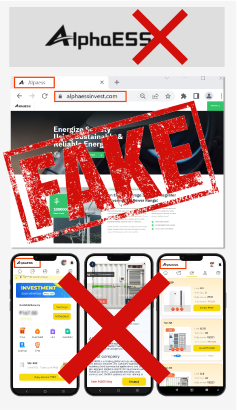-
Q:
Why is energy storage system useful on a grid scale?
A:
Energy storage is needed on an industrial or grid scale for three main reasons. The first is to “balance load” – to shift energy consumption into the future, often by several hours – so that more existing generating capacity is used efficiently. The second reason is to “bridge” power – in other words, to ensure there is no break in service during the seconds-to-minutes required to switch from one power generation source to another. Finally, power quality management – the control of voltage and frequency to avoid damaging sensitive equipment – is an increasing concern that storage can alleviate whenever needed, for a few seconds or less, many times each day.
-
Q:
What is the difference between residential and commercial energy storage?
A:
Battery storage enables greater self-consumption of renewable energy from sources that are variable, such as solar power. Businesses that face difficulties in the reliability or capacity of their electricity supply can reap benefits from battery storage. Battery storage can also save on power costs by reducing the need to purchase electricity at times when it is most expensive.
-
Q:
Why invest in battery storage?
A:
Battery storage enables greater self-consumption of renewable energy from sources that are variable, such as solar power. Businesses that face difficulties in the reliability or capacity of their electricity supply can reap benefits from battery storage. Battery storage can also save on power costs by reducing the need to purchase electricity at times when it is most expensive.
-
Q:
Can battery storage help keep the power on during blackouts?
A:
Yes, storage can contribute to local energy security and energy resilience, especially when the batteries are paired with local power source on a community microgrid. A microgrid is a small network of customers with a local source of electricity that can be disconnected from the grid and operated independently.
During and after natural disasters and extreme weather events, all of which are becoming more frequent with climate change, battery storage can help keep essential services running and protect the most vulnerable populations as part of a community-driven climate resilience plan. When thinking about community resilience, it can be advantageous for critical infrastructure—such as police and fire stations, hospitals, cooling centers, and emergency shelters—to have rooftop solar panels and battery storage systems on site to keep the power on during an emergency.
-
Q:
Why do we use LFP battery only?
A:
AlphaESS only uses Lithium Iron Phosphate cells because these are much safer than the lithium batteries used in cars, for example. The chemical composition of the battery cells makes overheating due to so-called thermal runaway virtually impossible. This makes the cells safe and non-flammable even in extreme conditions. Lithium Iron Phosphate cells also have a very good life span. They are slightly heavier and less compact, but this is usually not a problem in a domestic situation. An additional advantage is that the Lithium Iron Phosphate cells do not contain any cobalt.
The AlphaESS website uses cookies to improve and personalize your experience and to ensure that the website is functioning properly. Your data will not be stored on our website after the website is closed. By using this website, you agree to the use of cookies. More information about our Privacy Policy .Thank you very much!


Infringement of AlphaESS
Recently, a severe infringement and fraud issue has caught our attention. A FAKE application with a FAKE logo, a FAKE website https://www.alphaessinvest.com/ and even FAKE videos under the name of AlphaESS are now spreading all over India, attempting to seduce people to invest money in energy storage systems by using a FAKE AlphaESS logo and real AlphaESS products photos.
It's obvious that they are looting money by using a FAKE AlphaESS brand and have seriously violated the intellectual property rights of AlphaESS.
AlphaESS shall spare no efforts and no costs to go against the violation by all means legally before more people get deceived.
Mam ją


























